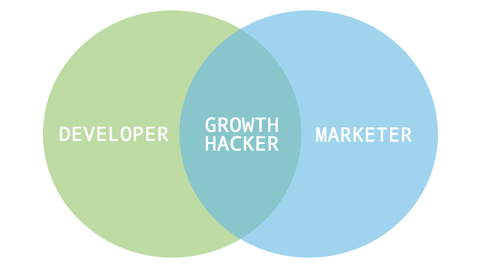Beware SEO based approaches promising the earth.
There seems to be a ground swell emerging that SEO based approaches are a panacea for marketing in general. Pushing the customer to one side in favour of a chase for rankings.
 Despite warnings about the dangers of guest blogging with links, many companies are still interested in using this form of content marketing to boost SEO. It does make sense. It’s always been difficult to measure ROI on marketing. Just because a certain amount of people see a billboard or an advert doesn’t guarantee you’ll see a boost in sales.
Despite warnings about the dangers of guest blogging with links, many companies are still interested in using this form of content marketing to boost SEO. It does make sense. It’s always been difficult to measure ROI on marketing. Just because a certain amount of people see a billboard or an advert doesn’t guarantee you’ll see a boost in sales.
SEO provides a result. It’s easier to measure in terms of a number, a position on a Google search or an improvement in a keyword. But the reality is that using only SEO as a measure of ROI is the equivalent of marketing snake oil.
It’s great if you’re on the top ten Google results for a certain search term. That does put you in the face of a lot of customers who wouldn’t otherwise know about you. But it’s not everything. It’s not building an audience. It’s not building a brand. What we encourage our clients to understand is that they don’t just need to focus on boosting their ranks in search engines, but building an audience behind their brand.



